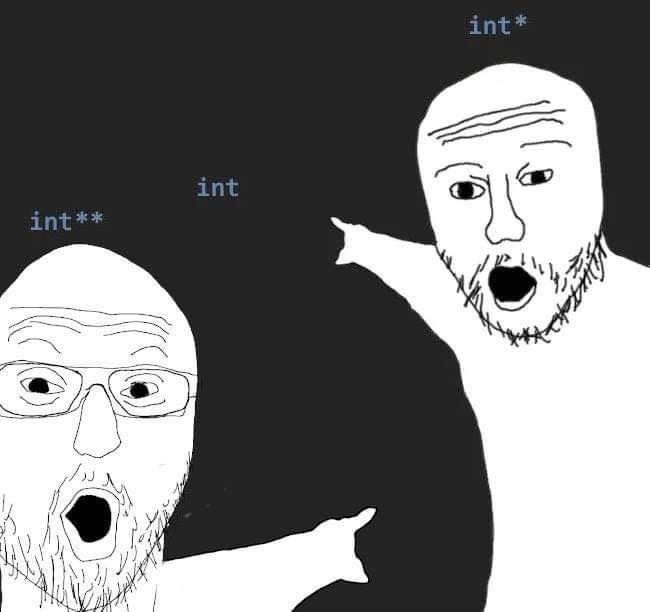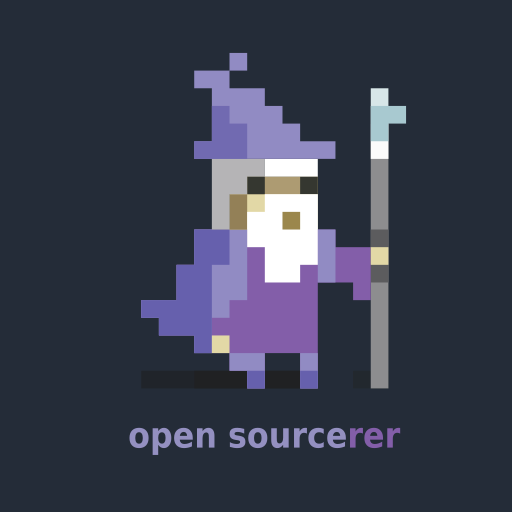comrade numpy o7
Well I be damned. What does the Fortran do ?
Its just easy to write super-optimised code snippets in without having to break out into assembly.
What is the reason to avoid assembly? Is it prohibitively difficult?
Not only is it very difficult to write in assembly, the resulting code is not portable. Meaning that if you wrote it on x86 assembly it can’t run on ARM chips without emulation and that takes a significant hit on performance defeating the point
Yeah, it’s pretty difficult. Think of assembly as just one step above writing 1’s and 0’s, and you’re probably around how difficult it can be
I’ve delved into writing assembly only on the level of a student project. I really enjoyed it though. Obviously implementing a python math library would be far more complex but wouldn’t it be worth it for the possible performance gains?
I don’t think it would be anymore. Modern compilers are really really good at what they do, and often manually optimizing(writing assembly yourself) makes programs slower. So unless you are very good at assembly, I would just trust the compiler.
the answer is in title of this post and first link in post body
Array operations in FORTRAN are much easier for the compiler heavily optimize than it is in c/c++ due to its array model and type system. You can achieve much of the same thing with modern compiler extensions, but it’s difficult and not as portable.
That’s interesting, thanks
When you download R, youre downloading C++/C and Fortran
Everything is just silicon oxide gates being saturated and drained and turned on and off in various patterns very rapidly in a way that means something to us. That Fortran/C/C++/Assembly depends on that tiny two-MOSFET AND gate in the ALU to do the AND correctly every time.
meanwhile, me trying to get a feeling for how fast A GHz is by waving my arm as fast as I can:
But numpy is written in python and c/c++?
It provides:
- a powerful N-dimensional array object
- sophisticated (broadcasting) functions
- tools for integrating C/C++ and Fortran code
- useful linear algebra, Fourier transform, and random number capabilities
Not according to the repo I sourced from your message.
“Tools for integrating” is not “written in”, try again
“* A Fortran compiler is needed only for running the
f2pytests. The instructions below include a Fortran compiler, however you can safely leave it out.” from https://numpy.org/devdocs/building/index.html#building-from-sourceYeah look that was the front page of the repo talking about how it has C/C++ and Fortran code, sorry for not reading the docs and finding out that yes they still use C/C++ and Fortran code in the form of OpenBLAS which is a dependency… f2py is just a method of doing the following:
F2PY facilitates creating/building native Python C/API extension modules that make it possible
-
to call Fortran 77/90/95 external subroutines and >Fortran 90/95 module subroutines as well as C functions;
-
to access Fortran 77 COMMON blocks and Fortran 90/95 module data, including allocatable arrays
from Python.
Correct me if I’m wrong here but if you’re implementing an api for one programming language to talk to another then that means you have 2 programm-
I wake up as a lizard. The meaning of kernels, subroutines and programming languages is already fading. I realise the rock I am lying on is slightly in a shadow and move into the sun. Might eat a bug later…
-
What does it say under the Languages section for that repo?
That I need to quit posting drunk because I can’t read obvious shit
Hope you’re feeling okay this morning Mr. Linksys, I love your username!
Numpy can use BLAS packages that are partly written in Fortran
I like my memes to come with a bibliography.
I’ll never understand why my classmates prefer python to R.
Because R is incredibly clunky. I’ve worked with both and never got the hang of R.

Okay, now do it by percent of processor (CPU/GPU/whatever) cycles.
Although, TBF, you can replace it all with C/C++. Or Rust, assume the optimisation has gotten good enough. It’s just that few people are both qualified for and interested in rewriting numerical linear algebra algorithms, and there’s no real reason to if the Fortran works.










